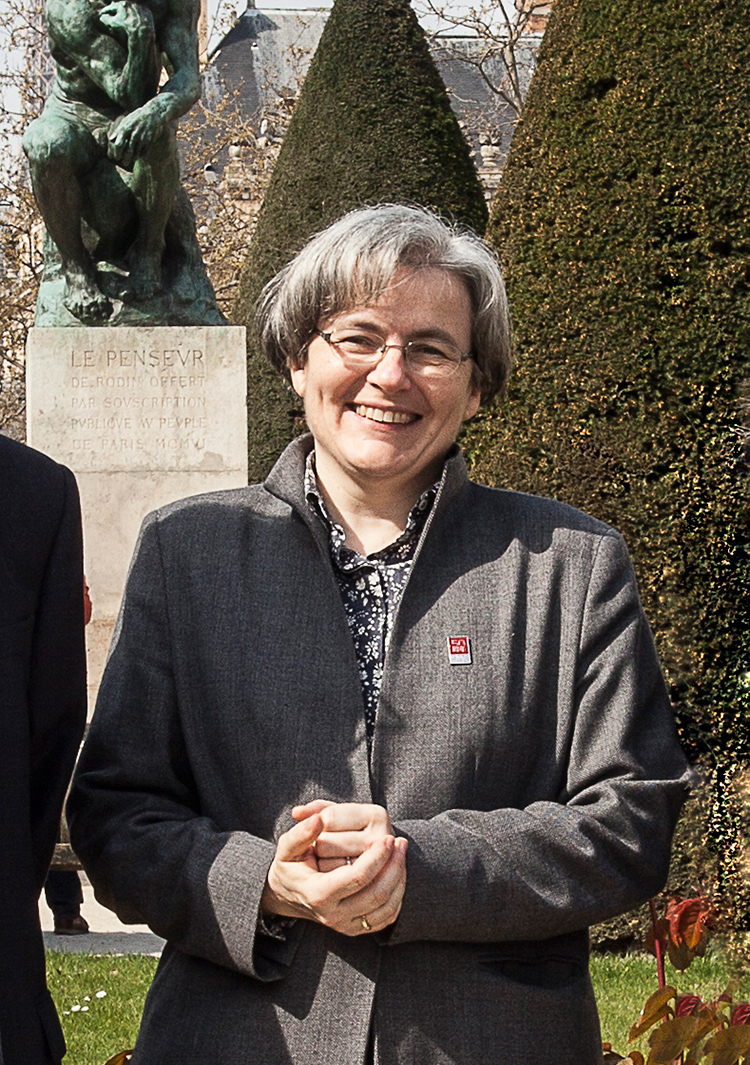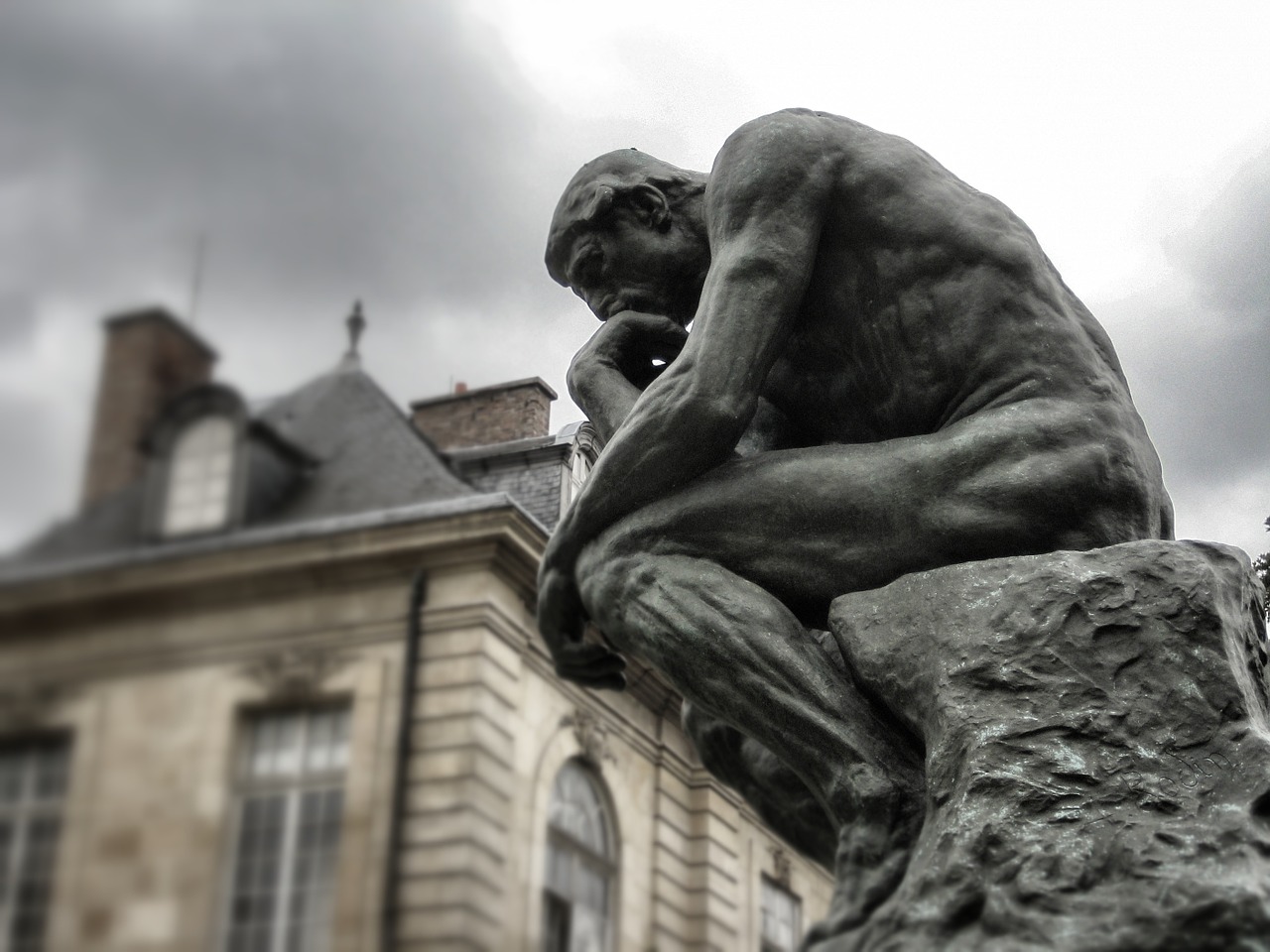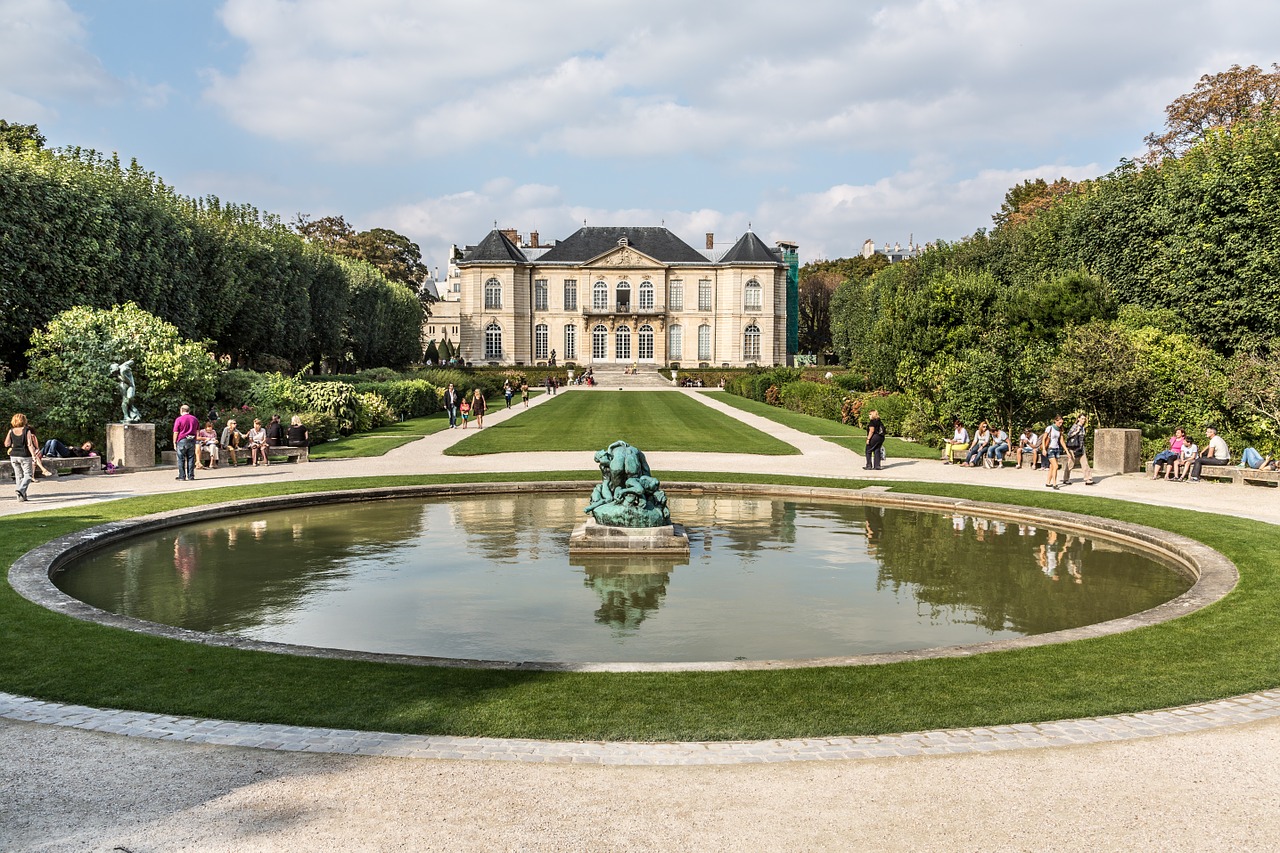Meet Catherine Chevillot, director of the Musée Rodin
The Musée Rodin re-opens in September 2015 after a €16m restoration. The closure has given Catherine Chevillot, director of the museum, the chance to reassess plans not just for the museum, but also for Rodin's wonderful workshop in Meudon.
By Fiona Scott-Lazareff
29 March 2015

The Musée Rodin is not just a visual delight. It's also a veritable treasure trove. Not only does it attract over 700,000 visitors a year, it also earns roughly the same amount of revenue from the continual reproduction and sale of Rodin's works. The result is that the museum has been self-funding since it opened its doors.
Catherine Chevillot, a specialist in late 19th and early 20th-century sculpture, arrived in 2012, just as the museum started a major renovation. It was an opportunity "to reassess future plans, not just for the Musée Rodin in Paris with which we are all familiar, but also the Atelier Rodin in Meudon,” which remains, but not for long, I suspect, a well-kept secret. It is there that Rodin did much of his work in his atelier, and it is there that he was buried with a bronze of Le Penseur sitting, deep in reflection, on his tomb.
"When we started the renovation," says Chevillot, “we realised that no work had been done on the Hôtel Biron since it was built in 1727.” It's not difficult to imagine that the works were necessary for reasons of security. "The works will be finished by the beginning of 2015 at a cost of €16 million. Exceptionally 50 percent of the sum will be funded by the State," says Chevillot. The bill is larger than expected, but Chevillot explains that they ended up doing things for which they hadn't budgeted, such as putting in a lift and toilets, easing access to handicapped visitors, and replacing window frames.
The collections include a whopping 30,000 objects, of which approximately 6,500 are sculptures. There are also 6,600 “antiques” from Rodin's personal collection, and then the drawings and photos. Only roughly 500 objects are actually on display at the Musée Rodin, and about the same at Meudon. So far only about a dozen have been reproduced for limited editions (which by French law are limited to 12). Le Penseur and Balzac have already been exhausted, but as Rodin kept almost all the moulds of his sculptures, the museum is seemingly sitting on a real jackpot.
Apart from overseeing the renovation, Chevillot is responsible for organising the four exhibitions a year: two in the salle d'exposition (exhibition room) and one contemporary one during the summer in the cour (courtyard) and garden. There will also be an exhibition at Meudon this year to bring the site to life, though its number of visitors has already more than doubled since she, Chevillot, arrived, to 17,000 a year.
As the museum at Hôtel Biron is closed until September this year, the only thing on view is part of the permanent collection, la laboratoire de la création (the creation lab) that has been installed in the salle d'exposition. But the delightful garden remains open too, with around 30 sculptures including La Porte de l'Enfer, le Penseur....
Chevillot says "Our objective is to make the museum a reference for sculpture, beginning with Rodin up until today, and to increase the number of visitors to the site in Meudon, where you can see his villa, surrounded by three hectares of garden. The interior is still furnished with original furniture, and the Grande Salle (main reception room) is crowded with his plaster originals. As Rodin made a plaster for each stage when modelling a sculpture, there is no shortage of plaster originals to display.
"The most successful exhibition I have organised was the Maplethorpe Rodin,"says Chevillot, "160,000 visitors came, which is huge, especially for a space which measures no more than 400m2. Surprise turned to enthusiasm because of the play between sculpture and photos, and the harmony of Nathalie Crinière's mise-en-scene."
"My favourite sculpture," says Chevillot, "is La Muse Whistler, one of Rodin's last works. It's very médiatif, interieurisé. It was never finished, and the pleats are formed from real fabric. It's very typical of the way Rodin worked."
The museum continues to add to its collection regularly, thanks to donations from visitors. “We asked visitors to donate a euro to help us to achieve our target of €30,000 last year, which enabled us to buy a drawing - La belle Heaulmière - based on a very important poem by François Fillon, based on old age.”
Chevillot explains that the museum is a big lender of objects: "500 to 1,000 works each year. Either simple loans of one or two pieces with no money involved, or an entire exhibition like the Les Marbres de Rodin (The Rodin Marbles), which were exhibited in Rome and Milan last year."
Chevillot constantly has her eye on other acquisitions - marbles and bronzes - when there is no equivalent in the collection. "We have all the original plasters, but two years ago we acquired a wax and a clay original from 'the commerce'. From time to time we buy the work of Rodin's disciples. Two years ago we bought five or six sculptures and drawings of a Czech sculptor called Maratka, which show Rodin's influence. We wanted a marble: Le Christ et Marie-Madeleine, but we were sadly outbid by The Getty."


